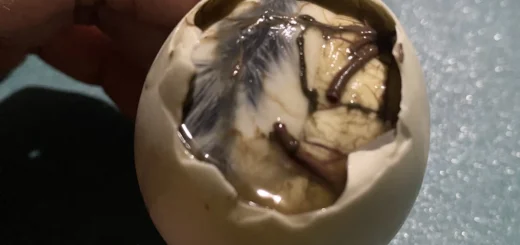Unveiling the Shadows – Famous Philippine Horror Stories

The Philippines, a land rich in culture and tradition, is also known for its spine-chilling folklore and horror stories that have been passed down through generations. From mysterious creatures to haunted locations, these tales often reflect the deep-rooted beliefs and values of Filipino society. In this blog, we’ll explore some of the most famous horror stories that continue to haunt the imaginations of many.
The Legend of the Aswang
Perhaps the most infamous creature in Philippine folklore, the Aswang is a shapeshifting monster often depicted as a combination of a vampire and a witch. It is said to be a human by day, blending into society, but transforms into a terrifying creature at night. The Aswang preys on pregnant women and their unborn children, using its long tongue to suck the blood of its victims. This story serves as both a chilling reminder and a cautionary tale for expectant mothers, warning them to be vigilant during nighttime. Read more.
Maria Labo
The story of Maria Labo is a gruesome tale that speaks to the fear of the unknown. Maria, a loving mother, reportedly turned into a cannibal after being possessed by a demon. It is said that she returned home after working abroad, only to murder her own children in a fit of rage and madness. Her story serves as a metaphor for the consequences of neglect and the psychological struggles faced by overseas workers, highlighting the emotional scars that can linger long after they return home.
The White Lady of Balete Drive
A staple in Filipino urban legends, the White Lady of Balete Drive is said to haunt a particular road in Quezon City. Described as a woman in a long white dress, her spirit is believed to be that of a tragic figure who died in a car accident. Drivers claim to see her appear suddenly in the middle of the road, only to vanish moments later. This tale serves as a reminder to be cautious while driving at night and has become a popular story among thrill-seekers looking to experience a ghostly encounter.
The Headless Priest of San Juanico Bridge
Legend has it that a priest who once crossed the San Juanico Bridge was beheaded as a form of punishment. Now, his ghost is said to roam the bridge, searching for his missing head. Many travelers claim to have seen a spectral figure in a priest’s attire wandering the bridge, adding an eerie ambiance to this beautiful landmark. This story embodies the themes of justice and revenge, reminding us that unresolved issues can linger long after death.
Ang Anino sa Salamin (The Shadow in the Mirror)
A haunting story that resonates with many, the Anino sa Salamin speaks of a young girl who becomes obsessed with a mysterious mirror. The mirror shows her an ominous shadow that beckons her to join it. After ignoring warnings from her family and friends, she is eventually consumed by the shadow, leaving her loved ones in despair. This tale warns against vanity and the dangers of being lured by the unknown.
These horror stories are more than just spine-tingling tales; they reflect the rich cultural heritage of the Philippines and serve as cautionary lessons woven into the fabric of Filipino society. Whether you’re a local or a visitor, these stories invite you to explore the mysterious and supernatural elements of the Filipino experience. So the next time you find yourself in the Philippines, keep your eyes peeled and your heart open—you never know what shadows might be lurking just beyond your sight.
Do you have a favorite Philippine horror story? Share your thoughts in the comments below!










